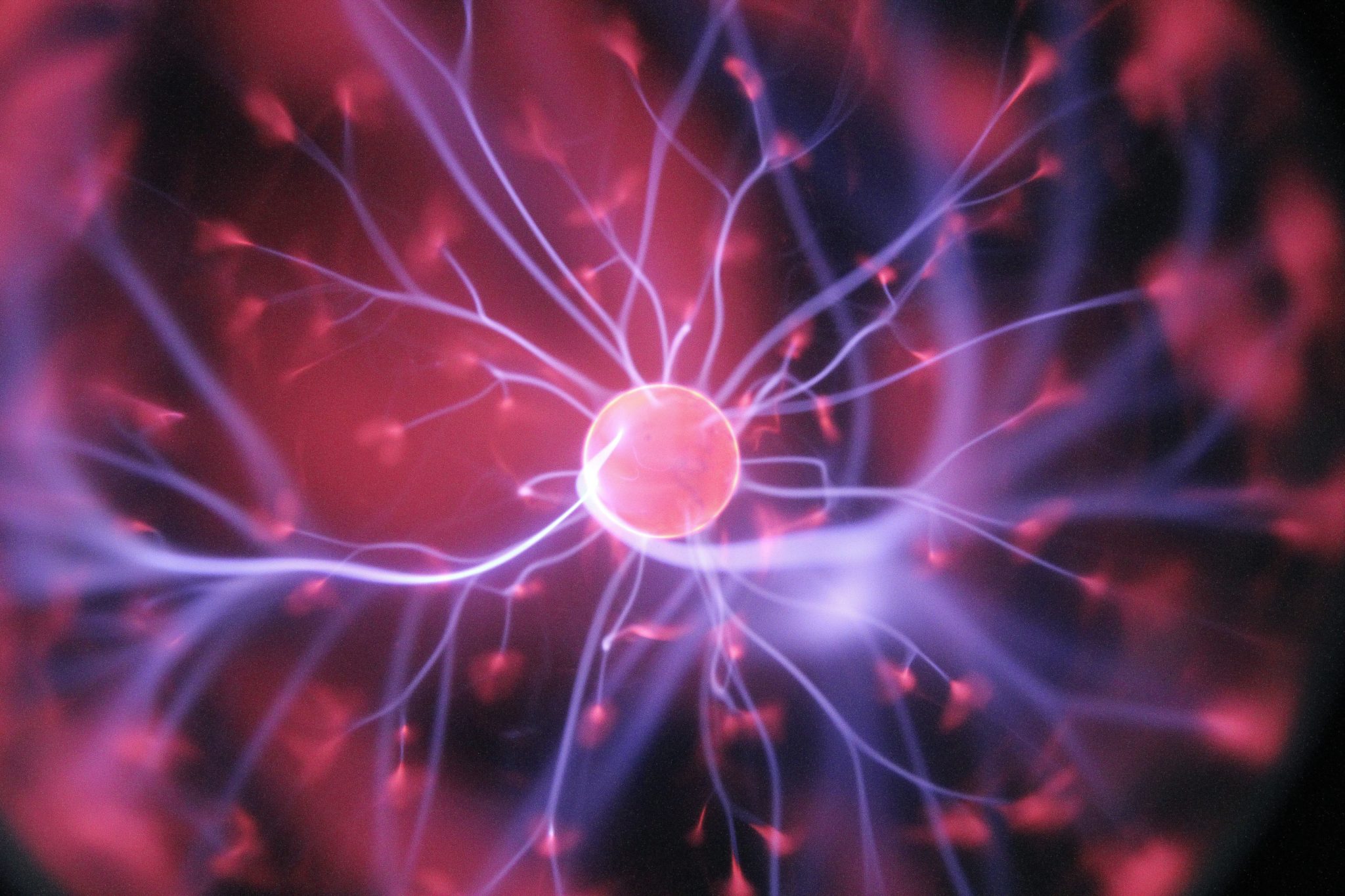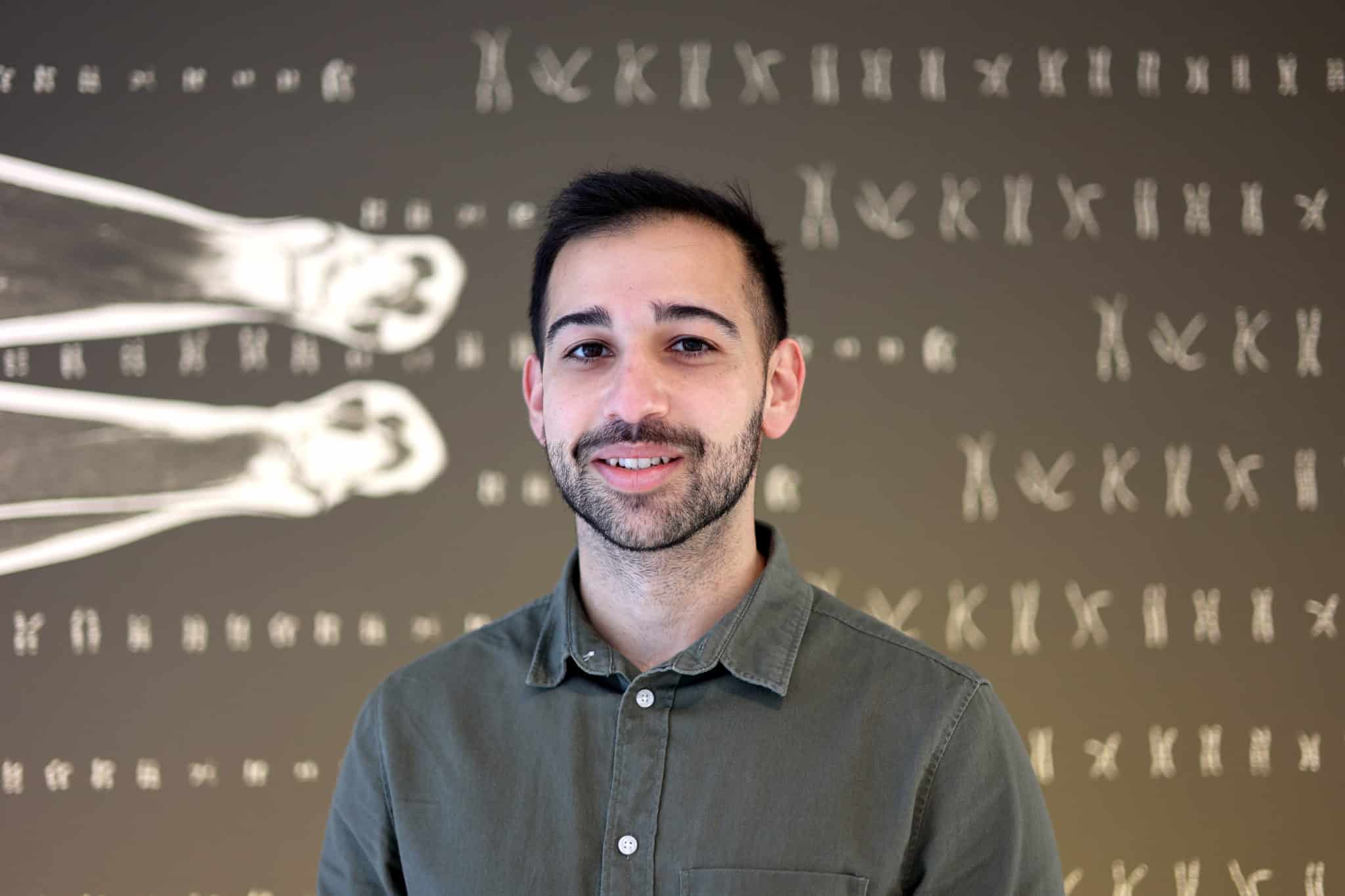
Our brains are the most powerful and efficient computing system there is. We are constantly processing huge amounts of information, while using a relatively minimal amount of energy.
It’s this idea that Perkins researcher Dr Jason Eshraghian wanted to harness in creating a more efficient and productive computing program, which he hopes will greatly improve the way medical data is used to help patients.
The program is called snnTorch and its an AI tool based on the way the human brain learns.
Existing computing systems function in an always-on state, which uses a lot of power and is extremely expensive to run. Some of the fanciest AI systems can cost upwards of $12 million to run, inclusive of the astronomical power bill.
In contrast, the neurones in our brains are at rest by default and only fire when there’s new information to be processed. This is called a spiking neural network (SNN), in that our brains ‘spike’ when a neurone fires.
Our brains are also configured in ways that naturally conserves power, so while a computer or our smart phones are structured with the memory, processor and hard drive all physically distanced – in your brain, the neurones and synapses are working in conjunction so energy isn’t wasted shuttling information back and forth.
Dr Eshraghian, who works in the Perkins Advanced Clinical and Translational Cardiovascular Imaging Laboratory under Professor Girish Dwivedi, said his plan with developing the platform was to reverse engineer improvements in personalised medicine.
“When it comes to diagnosing medical issues, we know that every person is different but we build our systems to generalise medical data.”
“The problem is that generalised recommendations won’t be as useful as medical recommendations tailored specifically to you as an individual.”
“The reason we don’t usually analyse personalised medical data is twofold – there’s a lot of energy involved and it takes time and effort to label data, like a personal doctor manually tagging everything that happens to the patient.”
“The beauty of neural networks is that you can put in raw data and the algorithm will determine what’s important.”
“We’ve developed two algorithms to unpack personalised medical data – one for detection and one for prediction that work together with our spiking neural network.”
“What we’ve shown is that the detection algorithm can train the prediction algorithm, so for heart attacks or seizures, we can collect data as it happens and the algorithm labels it all and feeds it into the prediction algorithm which could then predict when a heart attack or a seizure is likely to occur.”
“This could ultimately be used in wearable devices to predict medical episodes before they occur and hopefully save lives.”
snnTorch is open-source and so versatile that it’s currently being used by NASA to optimise the systems they use to monitor space junk that could pose a threat to satellites or shuttle launches.
This work is being done in conjunction with Professor Bennamoun at the University of Western Australia, as well as collaborators at the University of Sydney and University of Michigan and is supported in part by the Forrest Research Foundation.

Lead researcher, Jason Eshraghian.
